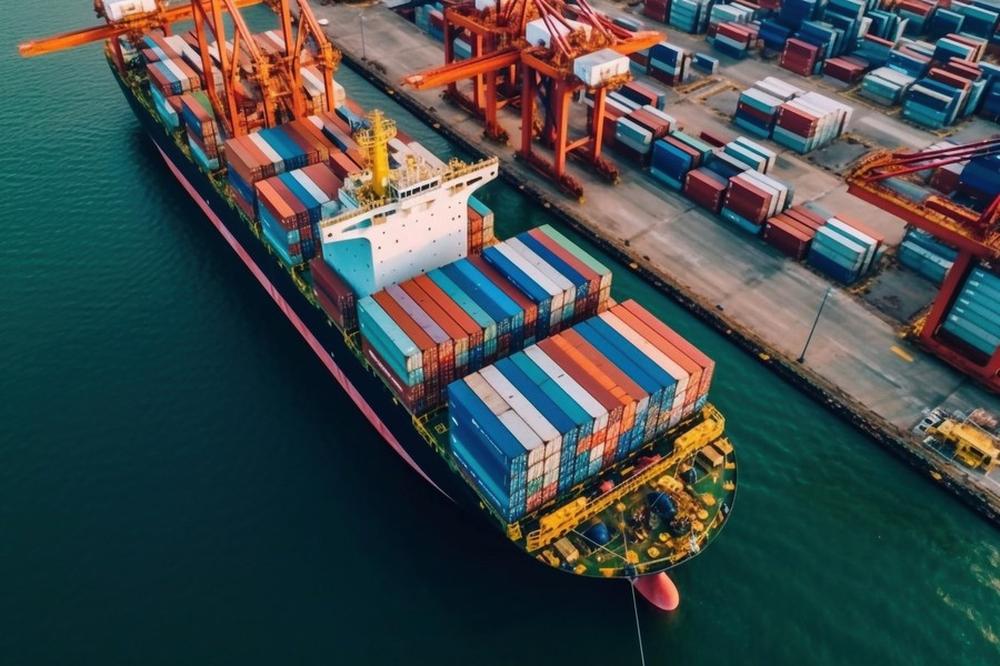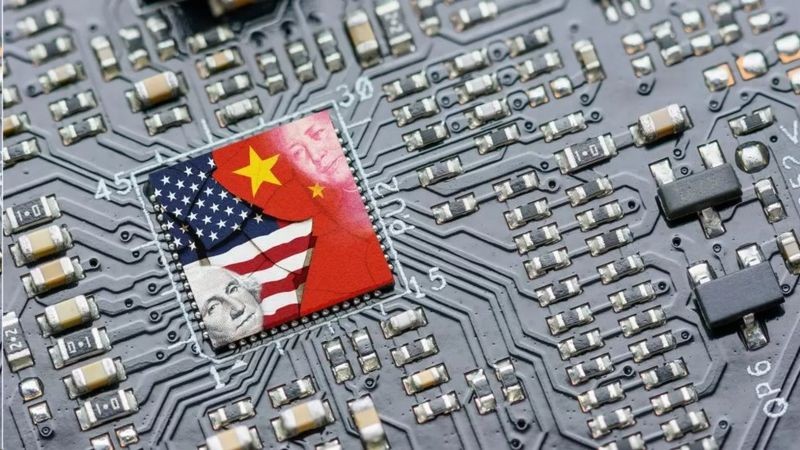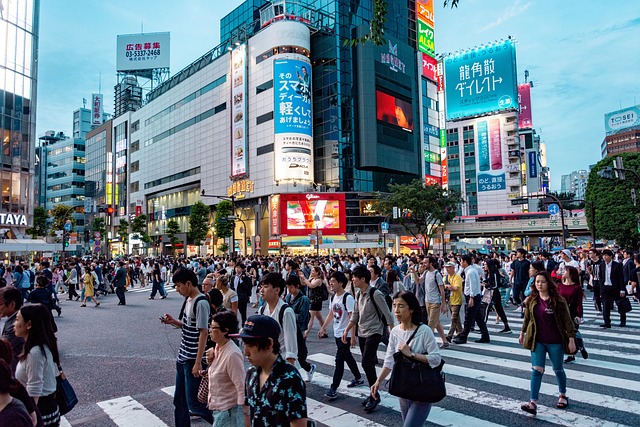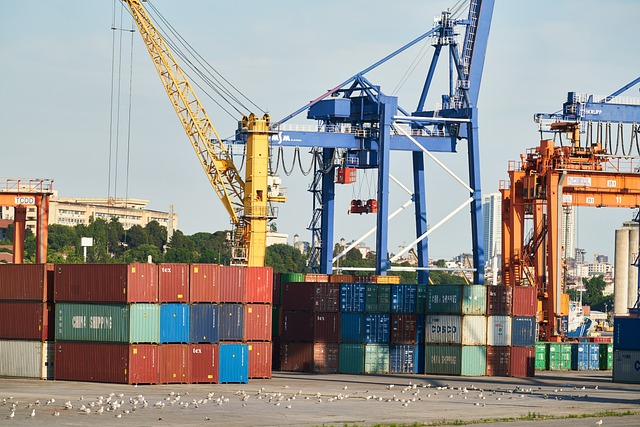- #China
- #Economy & Trade
- #South Korea
- #Technology & Cybersecurity

► Korean economy seems to be challenging, with a slump in exports due to worsening economic slowdown and the fluctations of semiconductor market in China.
► Moreover, governments of major countries are prioritizing their own interests to streghten economic security and secure supply chain resilience.
► In 2022, the Korean government unveiled its national growth strategy, known as "New Growth Strategy 4.0" to attain global leadership in key strategic industries such as semiconductors, secondary batteries, and displays.
► In the era of economic security, Korea should 1) foster a national consensus that recognizes innovation-driven industrial policy as a national endeavor and 2) encourage target companies to take social responsbility in the face of national financial support.
At the beginning of this year, there was optimism for an economic rebound, but now it seems challenging for the latter half of the Korean economy. This is because major institutions have consistently revised their forecasts for economic growth downwards. OECD, for instance, has lowered its economic growth rate projection for Korea five times in a row, from June 2022 to June 2023, resulting in a 1.5% growth rate. In contrast, Japan's growth rate, which was 1.3%, has been raised to 1.8% in September, putting Korea's growth rate behind Japan's for the first time in 25 years. The primary culprit behind this decline is a slump in exports due to worsening external conditions.
According to the export-import trends released by the Ministry of Trade, Industry, and Energy(MTIE) in September, exports have been on a downward trajectory for 11 consecutive months from last October to this August. This decline includes semiconductor exports, a crucial product, which have been declining for 13 consecutive months. Factors contributing to this decline include falling semiconductor prices and reduced demand for semiconductors in China, a major market. The Korea Chamber of Commerce and Industry estimates that if semiconductor exports, accounting for 19% of total exports as of 2022, decrease by 10%, it could result in a 0.64% drop in the domestic economic growth rate, and a 20% decrease could lead to a 1.27% decline.
More concerning than the semiconductor market fluctuations and economic slowdown is the issue of countries prioritizing their own interests and reconfiguring global supply chains accordingly. Last year, the United States placed a strong emphasis on domestic production and procurement of semiconductors with the introduction of the CHIPS and Science Act. This resulted in policies that restricted companies in Europe and Korea, long-standing allies with the US, from manufacturing semiconductors in China or selling semiconductor components and equipment to Chinese companies. China, in response, has been actively pursuing policies aimed at weaponizing the export of its national resources, particularly minerals, and striving for self-reliance in semiconductor production.
In retaliation to the U.S. ban on Huawei's equipment and TikTok restrictions for federal employees last year, China prohibited its central government officials from using foreign-made smartphones, including iPhones this September. While Samsung Electronics operates factories in Xi'an and Suzhou, and SK Hynix has factories in Wuxi, Chongqing, and Dalian with a total investment of 68 trillion won, the future remains uncertain. In early September, Bloomberg reported that SK Hynix's memory semiconductors were included in Huawei's latest smartphone, Mate 60 Pro, causing SK Hynix's stock price to drop by 4% and the KOSPI index to decline. SK Hynix promptly clarified that there were no transactions with Huawei, but the ripple effects and impact on Korea's key industries are expected to deepen. Moreover, the concern extends beyond semiconductors to include industries such as automobiles, rechargeable batteries, minerals, and others, all considered part of future core strategic sectors. Therefore, possessing innovative technology is no longer solely a corporate concern.
As governments of major countries recognize the critical importance of strengthening economic security, maintaining technological superiority, and securing supply chain resilience, they are enhancing support and regulations for industries and businesses. In December 2022, the Korean government unveiled its national growth strategy, known as "New Growth Strategy 4.0," through cross-sector collaboration between government and private entities. The strategy emphasized achieving a substantial lead in key strategic industries. It explicitly stated the goal of attaining global leadership in semiconductors, secondary batteries, next-generation displays, and environmentally friendly autonomous ship technology. Additionally, the National Strategic Industries Act was enacted, designating 15 key technologies in three major sectors—semiconductors (8), rechargeable batteries (4), and displays (3). This is a pivotal juncture for reassessing the importance and orientation of South Korea's innovation-driven industrial policy.
First and foremost, there is a pressing need to establish proactive measures for attracting production and research and development hubs in the innovative technology sectors to the domestic landscape. While competitor nations provide substantial and swift subsidies and infrastructure support, South Korea lags behind in this aspect. The landmark K-Chips Act, representing support through investment tax deductions, only gained approval in the National Assembly as recently as March 2023. Large and mid-sized companies witnessed an increase in their deduction rates from the prevailing 8% to 15%, whereas small and medium-sized enterprises experienced a rise from 16% to 25%. However, South Korea's differentiated deduction rates based on the size of companies have sparked controversy, unlike the flat 25% deduction rates in the United States and Taiwan. While an additional 10% deduction benefit was introduced for this year, the disparity in investment incentives remains glaring. The pace of policy adjustment is also lamentably slow. The South Korean government set a goal to introduce the Act On Special Measures For Strengthening The Competitiveness Of And Protecting National High-tech Strategic Industries to prepare for resource supply risks and establish a Framework Act on Supply Chain to prevent or promptly respond to global supply chain risks by the first half of 2023. However, these initiatives are still pending in the National Assembly. It is crucial to recognize that delayed regulatory adjustments hinder our country's preparedness in the supply chain system and weaken our national competitiveness within the supply chain.
Secondly, innovation-centric industrial policies should present an opportunity to collectively address South Korea's economic challenges. It should not merely aim to maintain the global competitiveness of industries related to advanced technology but also respond to a transformative shift in the economic and industrial environment and address national issues. While reflecting the rapid progress of the Green and Digital transformations, these policies should also be leveraged as opportunities for the revitalization of regions facing existential challenges. In July, the government designated seven national strategic industry specialized zones and announced a goal of attracting a total of 614 trillion Korean won in private sector investment by 2042. After intense competition between local governments, Yongin·Pyeongtaek and Gumi for semiconductors, Cheongju, Pohang, Saemangeum, Ulsan rechargeable batteries, and Cheonan-Asan for displays were selected. In addition to national industrial facility support, there should be collaboration with local governments and a combination of related policies to create a synergy that not only enhances industrial competitiveness but also attracts businesses and increases population, overcoming the previous top-down regional development policy failures.
Thirdly, social responsibility and contribution should accompany support for target companies. The U.S. Department of Commerce, for instance, has suggested that semiconductor companies receiving over $150 million in subsidies should share up to 75% of profits exceeding expectations with the U.S. government. While this approach has faced criticism due to rapidly changing market conditions and concerns about revealing a company's internal profit structure, it underscores the need for corporate responsibility in the face of national financial support. Beyond maintaining production and employment, plans for activities such as voluntary talent development and education aimed at the sustainability of the advanced technology ecosystem should also be established to address regional issues.
South Korea's economic growth is often cited as a prominent success story of industrial policy. However, it's also a fact that there is a considerable emotional backlash against specific industries and corporate support policies due to the unintended consequences of past government-led industrial policies. To avoid repeating past mistakes, it's essential for both the government and businesses to take responsibility and ensure the maintenance of South Korea's technological and industrial leadership. Above all, fostering a national consensus that recognizes innovation-driven industrial policy as a national endeavor should take precedence.
Professor Yun Kyung Kim earned her BA in Economics from Yonsei University and MA, MPhil, Ph.D. in Economics from Columbia University. Prior to INU, she was a research fellow at Korea Economic Research Institute where she served as Director of Corporate Research Department and Head of Business Analysis Team. Previously, Professor Kim worked as a legislative intern at National Assembly of Korea. Her research interests are in applied economics with a concentration in corporate finance, innovation and regulations.


